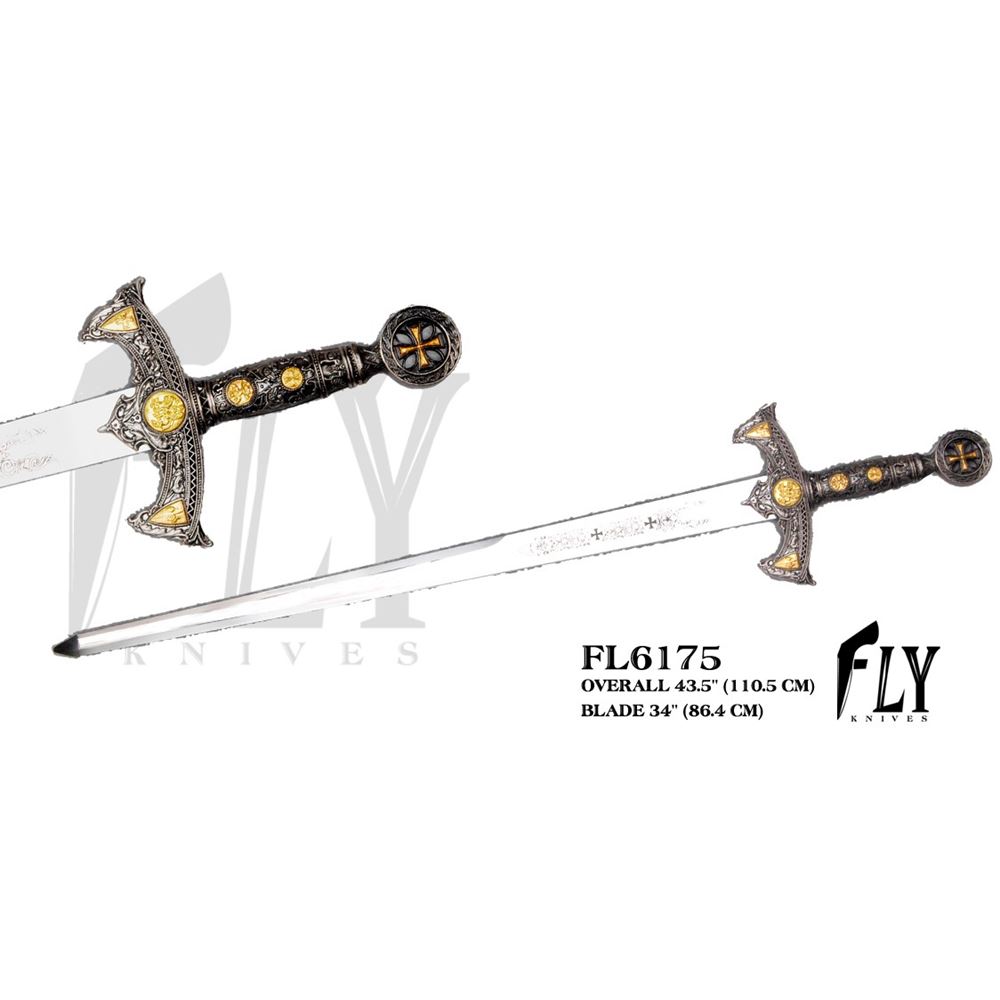
The Importance of Swordsmithing in Ancient Times
Ancient swords were more than weapons; they were symbols of power, craftsmanship, and cultural identity. Skilled swordsmiths dedicated their lives to perfecting their techniques, ensuring that each blade was not only functional but in addition a work of art spade antiche. The intricate means of sword-making required a deep knowledge of metallurgy, forging, and finishing, making it one of the very respected crafts of its time.
Selecting the Right Materials for Forging
The caliber of an ancient sword depended largely on the materials used. Early swordsmiths attempted various kinds of metal, from bronze to iron and later steel. Bronze swords, commonly used in the Bronze Age, were created by combining copper and tin, creating a tough yet slightly flexible blade. As technology advanced, iron became the most well-liked material because strength and ability to carry an edge. The transition to steel allowed for even greater durability and resistance to wear, making swords more reliable in combat.
The Art of Forging the Blade
Forging was the absolute most critical part of sword-making, involving intense heat and precise hammering techniques. The metal was heated in a furnace until it became malleable, then hammered into shape by the blacksmith. This process required great skill to ensure the blade had a balanced structure. Some swordsmiths employed a technique referred to as pattern welding, where different layers of metal were folded and forged together. This approach not merely enhanced the effectiveness of the blade but in addition created distinctive patterns at first glance, adding to its aesthetic appeal.
Heat Treatment and Hardening
After the blade was forged, it underwent a process of heat treatment to boost its hardness and flexibility. Quenching, a crucial part of this technique, involved heating the blade to a high temperature and then rapidly cooling it in water or oil. This sudden change in temperature hardened the metal while maintaining enough flexibility to prevent it from becoming too brittle. Some cultures, like the Japanese, developed specialized techniques like differential hardening, where only the innovative was hardened, leaving the spine softer for better shock absorption.
Grinding, Polishing, and Sharpening
After heat treatment, the blade was refined through grinding and polishing. The rough edges were smoothed using grindstones, and the blade was meticulously shaped to achieve a razor-sharp edge. The polishing process brought out the natural beauty of the metal, highlighting any patterns created during forging. This stage also ensured that the sword had the proper weight and balance, crucial for effective use in battle.
The Handle and Hilt Construction
A well-crafted sword was not complete with no sturdy and ergonomic handle. Swordsmiths used wood, leather, or bone to produce comfortable grips, often reinforced with metal fittings. The hilt, which included the guard and pommel, was designed for both functionality and decoration. Some swords featured intricate engravings, inlays of precious metals, or ornate carvings that reflected the status of the owner. A properly constructed hilt provided better control, reducing hand fatigue and improving combat efficiency.
Testing and Final Adjustments
Before a blade was deemed battle-ready, it underwent rigorous testing. Ancient swordsmiths ensured that the blade could withstand impact, maintain its sharpness, and flex without breaking. Some cultures conducted specialized tests, such as for example slicing through bamboo or striking against armor, to verify the sword's effectiveness. Only after passing these tests was the sword considered complete and ready for use.
The Legacy of Ancient Swordsmithing
The craftsmanship behind ancient swords continues to inspire modern artisans and collectors. Many traditional techniques have already been preserved and adapted, allowing enthusiasts to appreciate the skill and dedication that went into creating these legendary weapons. Whether used in battle, displayed as status symbols, or cherished as historical artifacts, ancient swords remain a testament to the ingenuity and artistry of past civilizations.